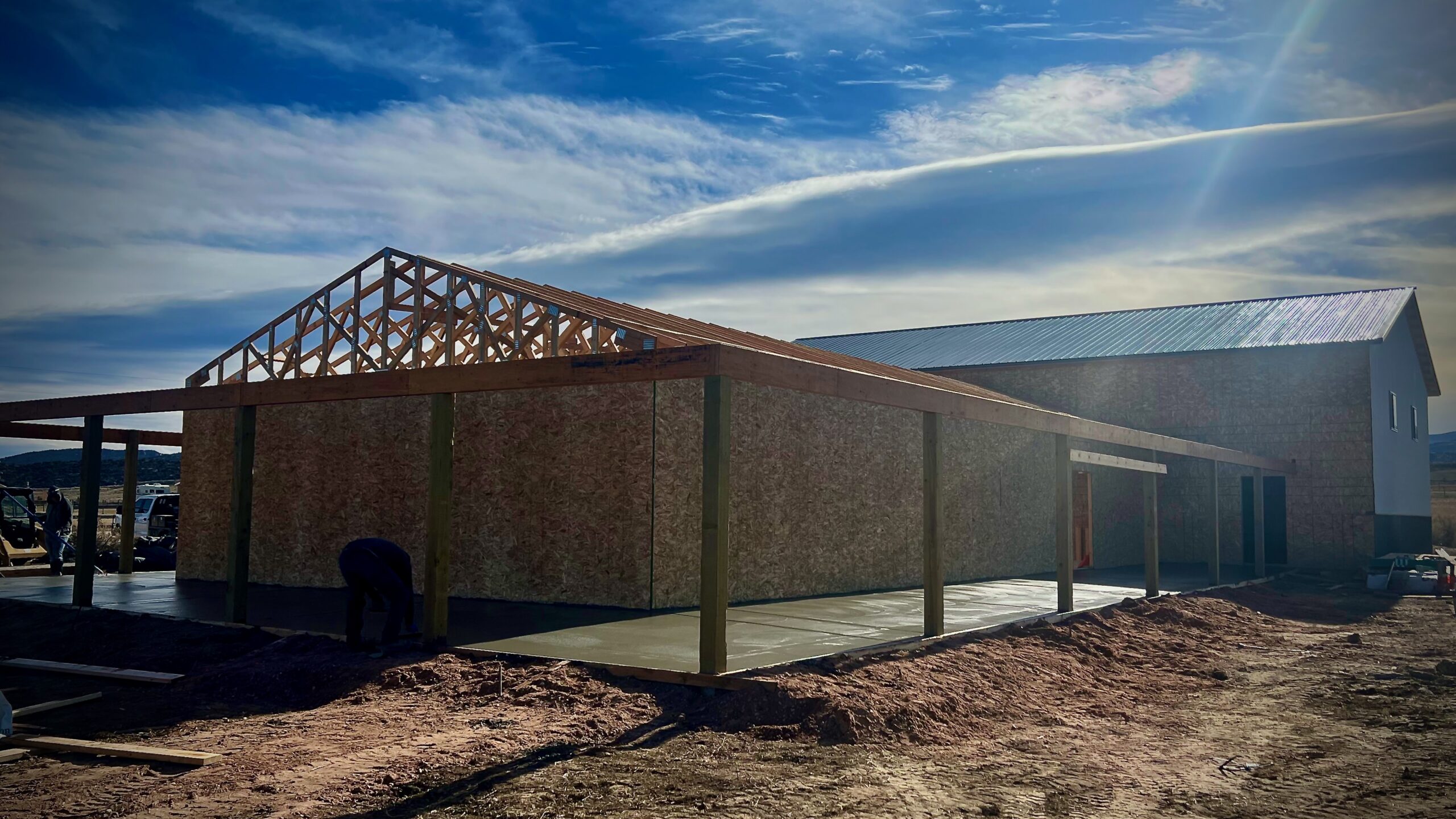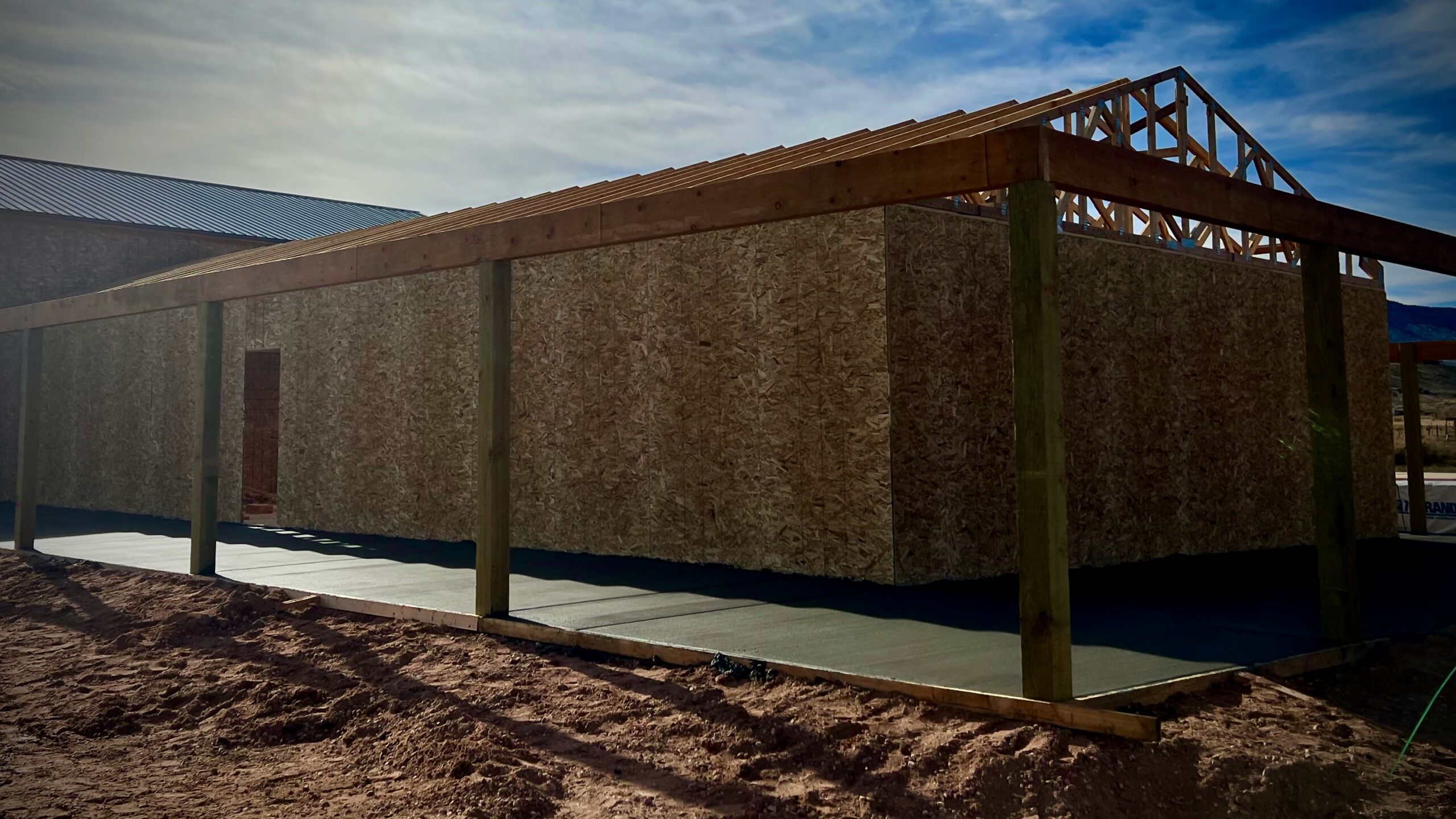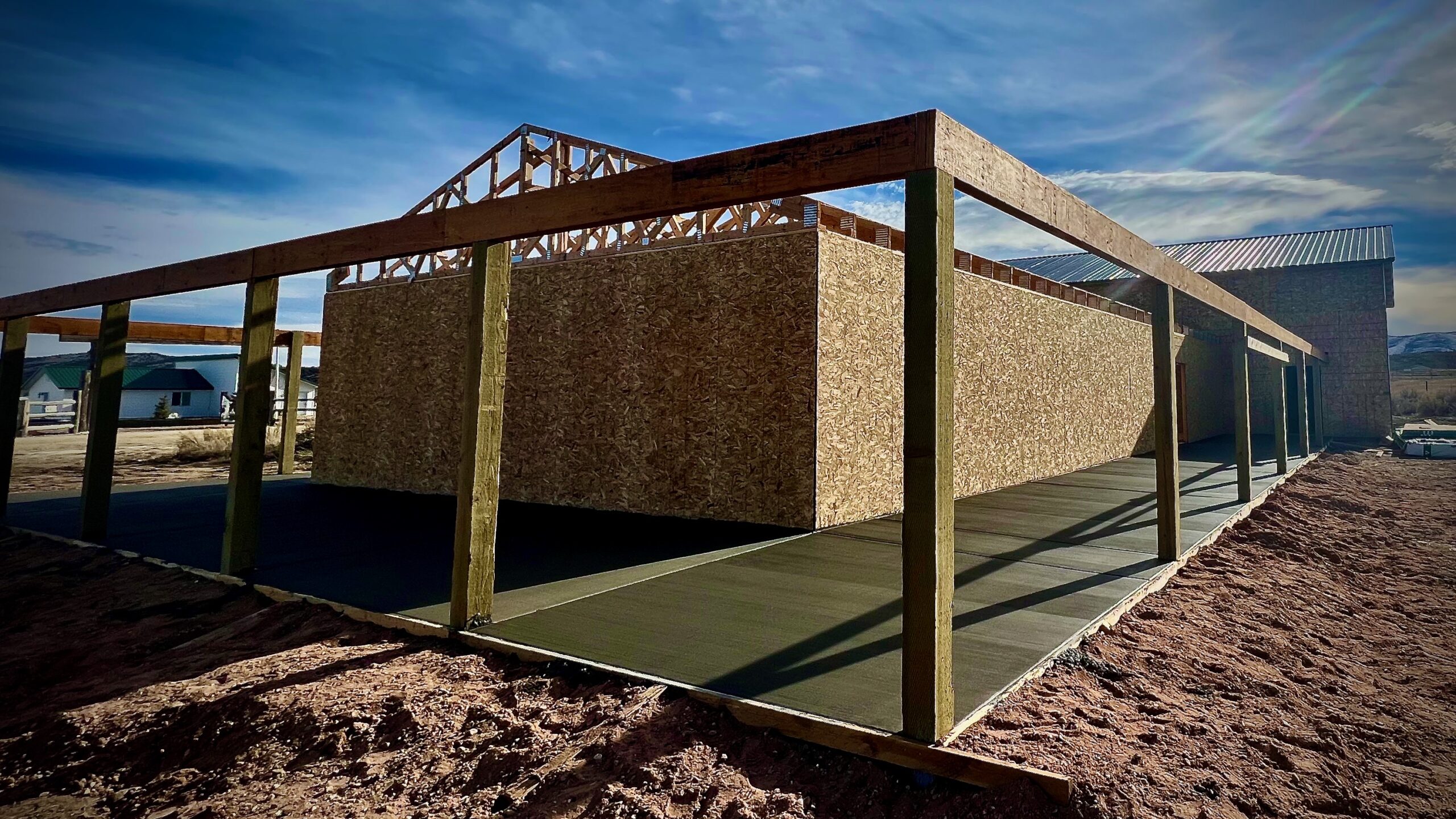


Concrete Pours
Concrete slabs form the foundation of many structures, from homes to skyscrapers. Ensuring their durability and quality is paramount. The key lies in following the correct concrete procedures. Here’s a concise guide to help you lay a solid foundation, quite literally!
- Site Preparation:
Start with a clean slate. Remove any vegetation, topsoil, or debris from the area. Ensure the subgrade is compacted and level. For additional stability, consider adding a layer of road base and compact it as well.
- Proper Mix Design:
Selecting the right concrete mix is crucial. Ensure it has the correct proportion of cement, aggregates, and water. For slabs, a higher bag mix and low water-to-cement ratio is preferred, as excess water can weaken the slab and cause excess shrinkage producing more cracking.
- Reinforcement:
Reinforcing your slab with fiber mesh can greatly increase its tensile strength. This is especially important in areas prone to ground shifts or if the slab will bear heavy loads.
- Joint Placement:
Joints are necessary to control the cracking of the slab. They should be spaced about 30 times the slab thickness apart. So, a 4” thick slab should have joints every 10 – 12 feet.
- Regular Maintenance:
Though concrete is durable, regular inspections can help spot potential issues before they become severe. Check for cracks, surface wear, or any signs of sinking and address them promptly.
Conclusion:
Laying a concrete slab might seem straightforward, but the devil is in the details. By ensuring you follow each procedure correctly, you’re setting the stage for a slab that’s both durable and of top-tier quality. When in doubt, always consult with a professional to ensure your project stands the test of time.
There you have it! A brief guide to creating quality concrete slabs. Always remember, a solid foundation today means fewer problems tomorrow.
